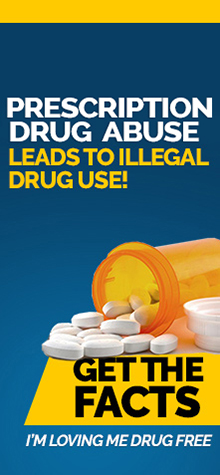The Bahamas’ drug situation began in the mid to late 1970s, as international drug traffickers began to take advantage of its close proximity to North America and vast open borders. Drug traffickers used the nation as a major transit point for the illicit transshipment of drugs. Cocaine and marijuana were the principal drugs that they moved from their suppliers in South America to their consumer markets in North America and Europe. As shown in the map of the Commonwealth of The Bahamas in Figure 1.1, the country is a sizable archipelagic state in the western Atlantic Ocean. Its islands number approximately 700, its cays 2,000 and its maritime territory is extensive, spanning over 100,000 square nautical miles. In the north, the country’s border is with the United States of America, in the south-west with Cuba, in the south with Haiti and the Dominican Republic, and in the south-east with the Turks and Caicos Islands. The strategic location between supply and demand nations makes The Bahamas vulnerable to drug trafficking and is still used by some international drug traffickers today.

Figure 1.1 Popular Drug Trafficking Routes in The Caribbean Region (Source: The Economist)
International drug traffickers sought the assistance of locals to help them move drugs through The Bahamas and onto drug consumer markets in North America and Europe. To combat this illegal operation, local law enforcement officials teamed up with the United States and launched Operation Bahamas Turk Caicos in 1982. Huge quantities of cocaine and marijuana were seized by Bahamian law enforcement in cooperation with regional partners, particularly the United States. Seizures annually totaled in the tons. Seizures of heroin, hashish oil and psychotropic substances, however, were rare.
The fight against drugs began to take on a different form as some of the drugs destined for North America remained in The Bahamas. Some remained as payment to collaborators for facilitation of the illicit drug trade. Nonetheless, local dealing and use began to increase which resulted in a surge in cocaine and crack cocaine abuse, regarded by some experts as a pandemic. The abuse of crack cocaine, in particular, had a negative impact on individuals, communities and the entire country.
The illegal drug trade remains profitable for traffickers who operate in a $300 billion complex illegal global network. Every year, multi-tons of cocaine and marijuana are trans-shipped by Trans-National Crime Organizations (TNCO). TNCOs make use of progressive technology in a manner analogous to multinational corporations, in areas including communications, computer networking and all available modes of transportation. TNCOs have access to and utilize a wide variety of weapons and weapon technology in the pursuit of illegal ends. Moreover, TNCOs impact governmental institutions, social organizations and the economic foundations of a society. International partnerships including the Operation Bahamas America Turks and Caicos (OPBAT) of 1982 and ‘Ship Riders’ of 1986 continue to expand the reach of &local drug enforcement agencies. Overall, the drug trade is now regarded as one of the root causes of crime in The Bahamas.
To download the full Drug Situation Report 2015, click here.

